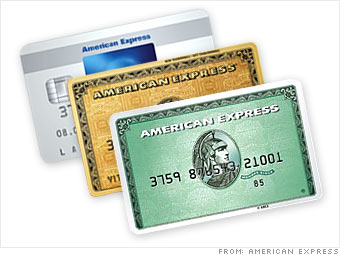Since the fall, I’ve said that the credit crisis hasn’t really hit average Americans. One indicator is the amount of credit extended through credit cards:
I still continue to get cash advance checks in the mail from my bank. These checks would be charged against my credit card, and the only reason why I would use them is that I have a bill that I can’t pay, and that doesn’t accept credit card. (In other words, I’m in financial trouble)
Now maybe the reason why my bank continues to give me 3 “blank checks” at the end of the month is because I have good credit. Maybe its one of those things you can have if you don’t need it, but you can’t have if you do.
In a related development, I read an interesting story about how American Express is calling some of their cardholders and pushing them to submit an early payment. AmEx is also paying some of their customers $300 to close their accounts.
I’m waiting for more stories of this kind. If the credit card companies have identified groups of customers who are overextended, it would really make sense to limit their losses and encourage these customers to transfer their balances elsewhere.



